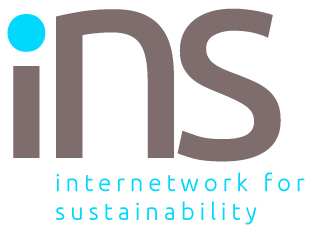
One of the biggest energy challenges of the 21st century is finding sustainable alternatives to fossil fuels. Hydrogen gas (H₂) could be a great option, but making it artificial is expensive. However, nature already produces hydrogen through geological and biochemical processes, and this natural white hydrogen has been largely overlooked as a potential energy source.
Recent research showed that natural H₂ is formed through a process called serpentinization, where certain minerals in deep-earth rocks react with water. This happens efficiently along mid-ocean ridges and rift zones under the ocean, but extracting hydrogen from these deep-sea locations is not practical. Instead, scientists are focusing on areas where these rocks are exposed on land, such as in Oman, New Caledonia, Albania, and Kosovo.
The problem is that serpentinization works best at high temperatures (above 200°C), and any hydrogen near the surface is quickly consumed by other chemical reactions. This means shallow hydrogen sources are likely too small to be useful. The best bet for large-scale hydrogen extraction could be from much deeper underground, over 10 km down, where natural H₂ has been forming for millions of years.
Evidence of this deep hydrogen production has been found in the European Alps and the Western Pyrenees. These mountain ranges were formed by massive geological shifts that brought deep-earth rocks closer to the surface, allowing them to interact with water and continue producing white hydrogen. Scientists are still trying to fully understand these processes, as they hold the key to unlocking natural hydrogen as a clean energy source.
Recently, natural hydrogen has been discovered beneath the US as well.
Hydro power from water infrastructure
The Hidden Hydro Oscillating Power for Europe (H-HOPE) project, launched in 2022 under the EU’s Horizon Europe programme, is a four-year initiative focused on developing technology to harness hidden hydro energy from existing water infrastructure.
H-HOPE aims to revolutionize water networks in Europe by creating energy harvesting systems that can power IoT sensors in water and wastewater systems, improving digitalization and efficiency while supporting the EU’s renewable energy goals. A major breakthrough at the University of Padova demonstrated that elastic-mounted cylinders with piezoelectric patches in piping systems can achieve up to 62% mechanical efficiency. Additional test setups at Brno Technology University and TU Wien are helping to validate the technology for both open-stream and piping applications.
The project has also launched the H-HOPE Learning Platform, providing educational resources on topics like 3D printing for water energy systems and fluid dynamics modeling. H-HOPE actively engages with policymakers and stakeholders, hosting events such as a policy workshop in Brussels and participating in global forums like World Water Week and the EU Sustainable Energy Week 2024.
As H-HOPE moves toward completion in October 2026, it is set to make a major impact by reducing CO₂ emissions, increasing energy independence in the EU, and strengthening water network resilience through innovative hydropower solutions.











